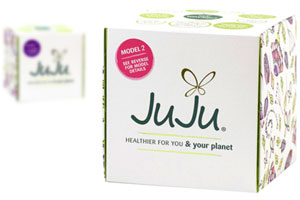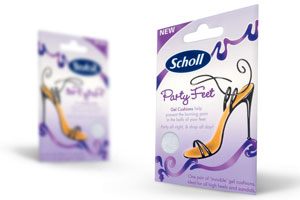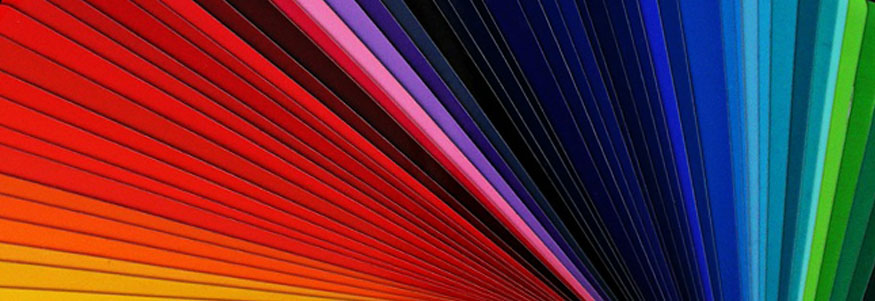Colour in DesignMany product designers take colour for granted. Can it really change how we feel about the world? Can it evoke different feelings and emotions? It can definitely cause us to judge brands and products in different ways. 85% of people in this American Survey said that colour was the main reason for buying a product. Our whole world is coloured and often we don't realise how much effect those colours have on our products’ design. People have devoted their careers to the study of how colours affect different people, and it can get very complicated. A colour that may evoke happy feelings in one culture can be quite depressing in others. You will very rarely see a red wedding dress in western cultures. Most brides will chose white as it is a traditional colour and thought to symbolise purity. However in eastern cultures, white is more symbolic of death and, especially in Asian cultures, red is the colour of good fortune and joy. Industrial designers should ensure the right choice of colours when designing or developing a product. Colour may motivate consumers to buy your product. 5 tips to choosing the right colours when designing your product
Common colours and their connotations
Designing your product and packaging with colour in mind is a great opportunity to further capture your market and motivate consumers to buy. Don’t leave colour choices to the last minute. It should be a major decision driven by research and customer feedback. Are you designing a product and need help designing with colours? Or are you looking for ways to improve your current product and grab your consumers attention. Colours are just the beginning. Contact us today on (03)9413 9000 or email Mark Bayly in Melbourne at This email address is being protected from spambots. You need JavaScript enabled to view it. to talk about your project and what we can do to help. |
  
|
+61 3 9413 9000

